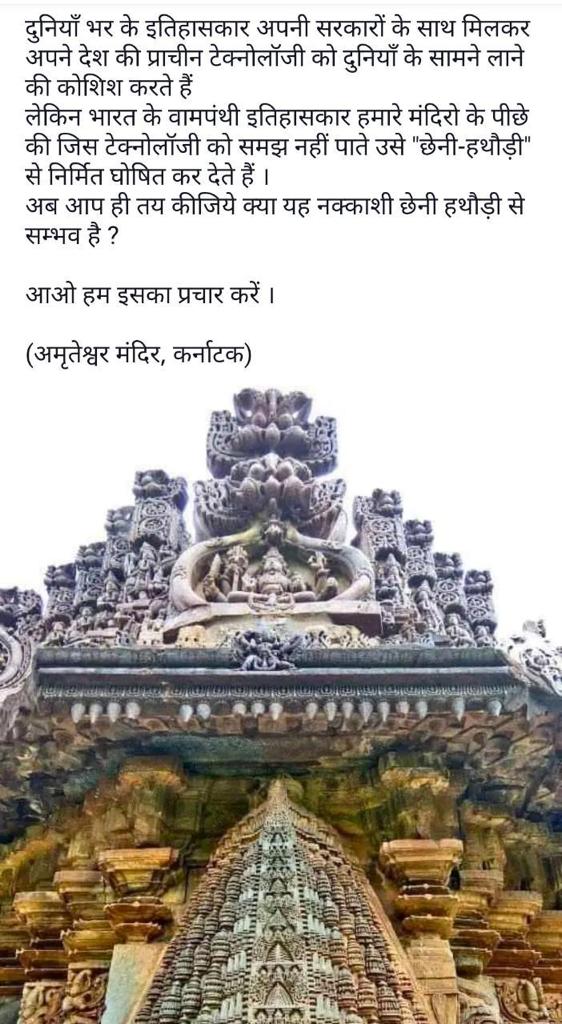
The sanctuary is a worked by Hoysala engineering with a fully open mantapa (hall).The sanctuary has a unique external divider with exceptional similarly separated roundabout carvings. The sanctuary has one vimana (hallowed place and tower) and consequently is an ekakuta plan, and has a shut mantapa (lobby) that interfaces the sanctum to the huge open mantapa.
It is medium-sized Hoysala sanctuary with certain vastu highlights like the Veera Narayana Temple, Belavadi in mantapa structure and size. The open mantapa has 29 bays,and the shut mantapa has nine inlets with a side patio that prompts a different hallowed place on the south side. The sanctum is square fit as a fiddle has the first superstructure (shikhara) which is embellished with models of Kirtimukhas (devil faces), scaled down beautifying towers (aedicule). Beneath the superstructure, the normally observed board of Hindu divinities is missing. The base of the divider has five moldings which as per craftsmanship pundit Foekema is an “more established Hoysala style”.The sukanasi, the pinnacle on top of the vestibule that associates the sanctum to the shut mantapa (the Sukanasi seems like the nose of the superstructure),has the first Hoysala insignia of “Sala” battling the lion.
The lines of sparkling machine turned columns that help the roof of the mantapa is a Hoysala-Chalukya enhancing idiom.The mantapa has numerous profoundly domed inward roof structures embellished with botanical plans. The external railing mass of the open mantapa has a sum of hundred and forty board figures with portrayals from the Hindu sagas. Not at all like numerous Hoysala sanctuaries where the boards are little and carvings in smaller than normal, these boards are nearly bigger. The Ramayana is etched on the south side divider on seventy boards, with the story continuing abnormally, in enemy of clockwise bearing. On the north side divider, all portrayals are clockwise, a standard in Hoysala compositional enunciation. 25 boards portray the life of the Hindu god Krishna and the leftover 45 boards portray scenes from the epic Mahabharata.
Ruvari Mallitamma, the notable artist and draftsman is known to have begun his vocation here dealing with the domed roofs in the primary mantapa.
The enormous stone engraving close to the patio contains sonnets created by middle age Kannada artist Janna who had the honorific Kavichakravarti (lit, “head among artists”) .